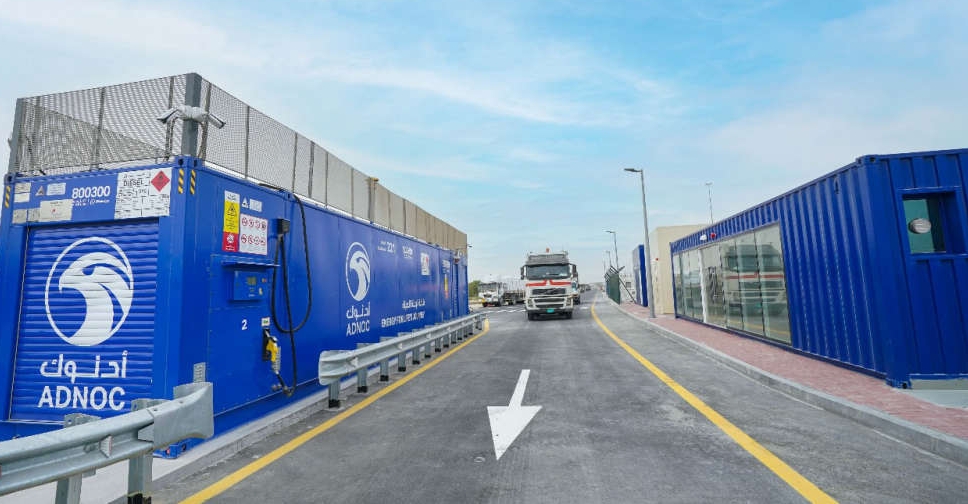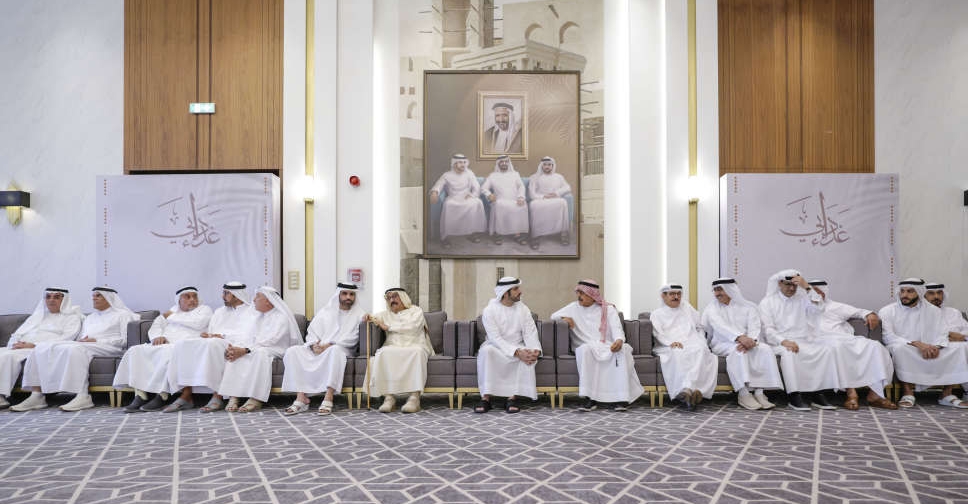
Dubai’s Roads and Transport Authority (RTA) has completed the construction of 10 out of 16 truck rest stops in cooperation with Abu Dhabi National Oil Company (ADNOC).
The stops are strategically distributed across six key locations, including Sheikh Mohammed bin Zayed Road, Emirates Road, Dubai - Hatta Road, Dubai - Al Ain Road, Jebel Ali - Lehbab Road, and Al Awir Road, all of which attract a high volume of daily truck traffic.
The rest areas cover over 75,000 square metres with an operational capacity exceeding 5,000 trucks and heavy vehicles and 700 parking slots. Each area spans 5,000 to 10,000 square metres, with the capacity to accommodate 30 to 45 trucks and heavy vehicles. The facilities include service amenities, prayer rooms, diesel refueling stations, and driver rest rooms.
.@rta_dubai and @ADNOCGroup complete construction of 10 Truck Rest Stops. The initiative cements Dubai's position as a global logistics hub.https://t.co/PDnsOJtiH7 pic.twitter.com/kzAtqjt63P
— Dubai Media Office (@DXBMediaOffice) August 4, 2024
Mattar Al Tayer, Director-General, Chairman of the Board of Executive Directors of the Roads and Transport Authority, said, “Constructing truck rest stops enhances traffic safety by reducing truck-related incidents by 50 per cent.
"These facilities improve traffic flow during truck ban periods, promote traffic awareness among truck drivers, and eliminate the parking of trucks on main roads and in residential areas. The rest areas are designed to allow truck drivers to rest during traffic bans on specific highways and to accommodate the increasing need for truck parking.
"This need arises from the high volume of truck trips in Dubai, which exceeds 300,000 daily trips, carrying approximately 1.5 million tonnes of goods daily."
Al Tayer expressed his delight in the growing partnership between the public and private sectors in infrastructure projects and services.
“Such collaboration provides investors with opportunities to participate in development projects and expand their investments in various fields. It raises the quality of public services and facilitates the transfer of knowledge, experience, and innovation from the private sector to the public sector. It also enables the training and qualification of government employees to manage and oversee long-term projects based on the Build-Operate-Transfer model."



 UAE warns motorists as dusty conditions reduce visibility
UAE warns motorists as dusty conditions reduce visibility
 UAE set for second phase of single-use plastic ban
UAE set for second phase of single-use plastic ban
 Minor earthquake recorded east of Saudi Arabia
Minor earthquake recorded east of Saudi Arabia
 World’s Coolest Winter campaign spotlights UAE entrepreneurs
World’s Coolest Winter campaign spotlights UAE entrepreneurs
 H.H. Sheikh Hamdan highlights social cohesion in 'Dubai Lunch' initiative
H.H. Sheikh Hamdan highlights social cohesion in 'Dubai Lunch' initiative




